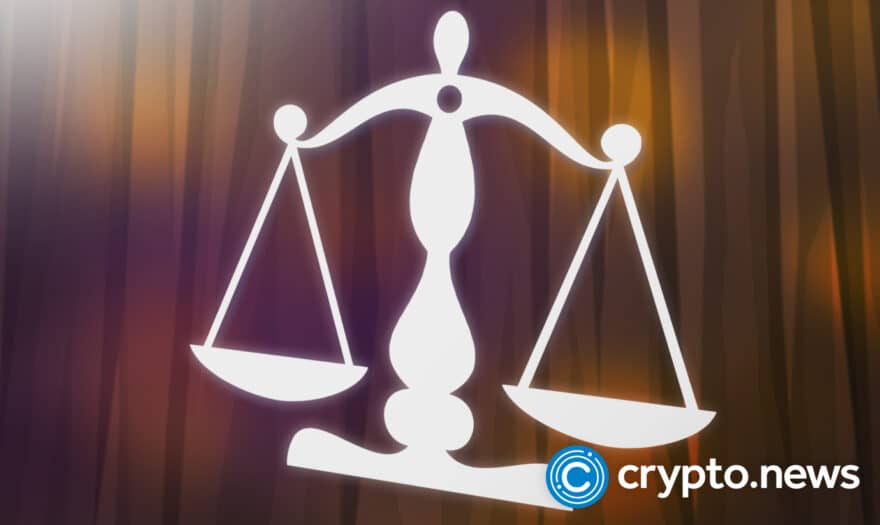South Korea bans leveraged crypto loans, sets 20% ceiling on rates

South Korean regulators have moved to quell a brewing risk in crypto exchanges. The new regime bans high-risk leveraged loans and institutes a strict 20% interest cap, citing serious concerns over investor protection and market stability.
- South Korea’s FSC bans leveraged crypto lending and sets a 20% cap on interest rates.
- New rules mandate self-regulation by major exchanges via DAXA to protect users and stabilize markets.
On September 5, South Korea’s Financial Services Commission announced a new framework for crypto lending, mandating that the nation’s major exchanges, through their self-regulatory body DAXA, immediately ban leveraged loans and cap annual interest rates at 20%.
This action follows a month of escalating regulatory pressure, including an August 18 order for a temporary service suspension and a series of urgent on-site inspections by the Financial Supervisory Service to assess investor risks.
The guidelines, crafted by a joint task force, aim to directly address what officials termed “legal inadequacy” and a dangerous “intensification of competition” among platforms rolling out high-risk products.
South Korea sets boundaries to define lending and safeguard users
The latest guidelines draw a clear line around what can and cannot be considered crypto lending in South Korea. Leverage is off the table entirely, meaning investors cannot borrow digital assets exceeding the value of their collateral.
Equally important, “cash-equivalent lending,” a product that lets borrowers repay tokens at their original won value regardless of market swings, has been outlawed as regulators deemed it incompatible with fair market practice.
The FSC’s guidelines further mandate that exchanges must primarily utilize their own capital for lending operations. This directly prevents platforms from acting as unregulated intermediaries between users or sourcing assets from shadowy third parties, a common practice used to amplify yields and risks.
User protections and safeguards for market stability
On the user protection front, the FSC has enacted a deeper defense system that goes beyond simple caps. First-time borrowers are now required to clear a mandatory online training module and pass a qualification test administered by DAXA, creating a barrier to entry for uninformed speculators. Perhaps most significantly, the rules introduce a sophisticated tiered lending limit system.
Based on an individual’s trading history and experience, their borrowing cap will be set in stages, such as 30 million won or 70 million won, mirroring the risk-based approach used in traditional stock short selling.
The guidelines also introduce a crucial procedural safeguard: exchanges are now obligated to provide users with advance warnings of impending forced liquidations and to allow them to post additional collateral to avoid such events, mitigating one of the most punitive aspects of crypto borrowing.
For market stability, the regulator is focusing on asset quality and radical transparency. Lending is now restricted to a curated list of cryptocurrencies, specifically those ranked within the top 20 by market capitalization or those listed on at least three Korean won-based exchanges.
The provision walls off the riskier tokens from the formal lending market. Exchanges are further compelled to publicly disclose real-time data on lending volumes per token, available balances, and collateral status, alongside monthly reports on forced liquidations.















